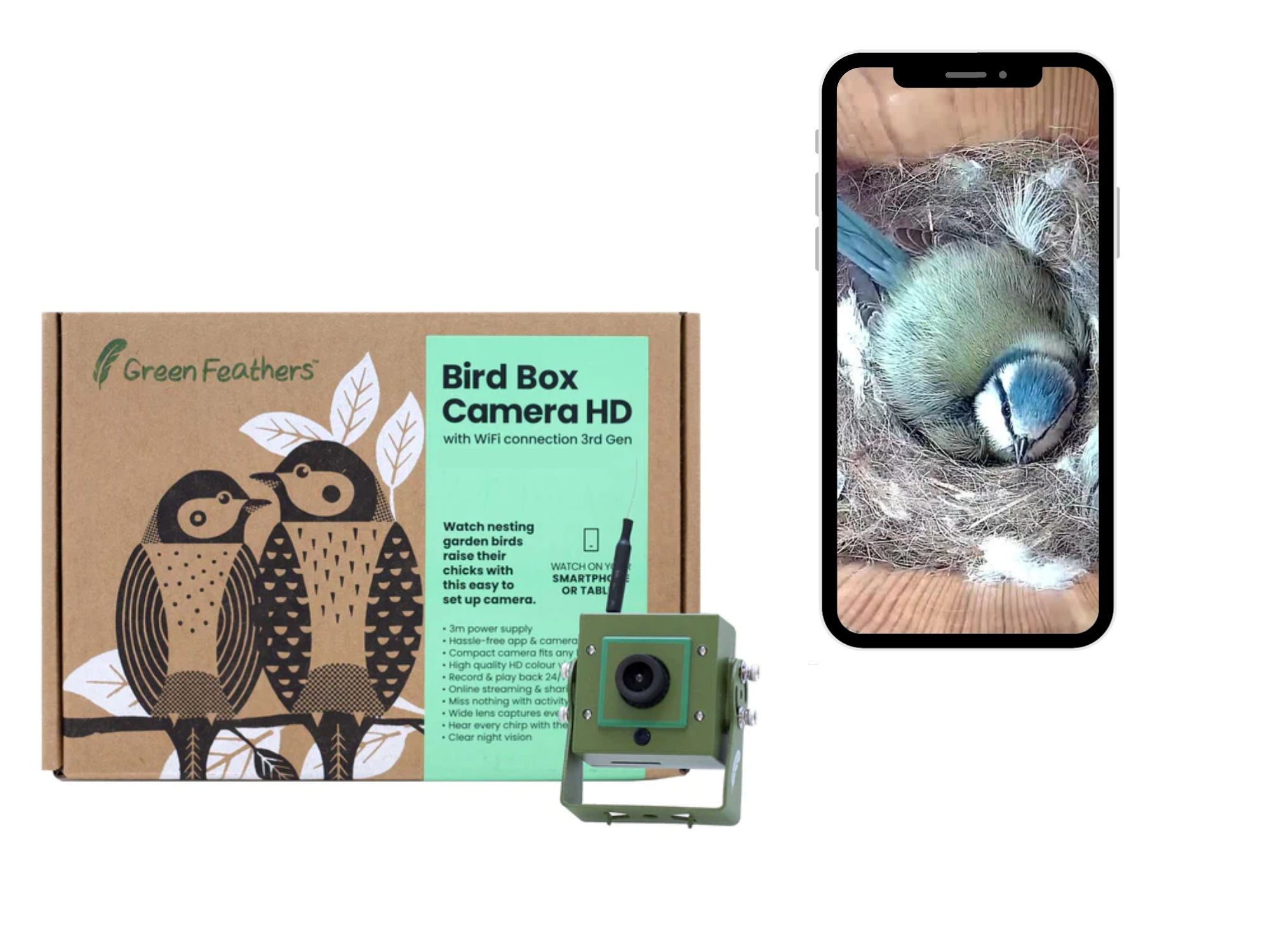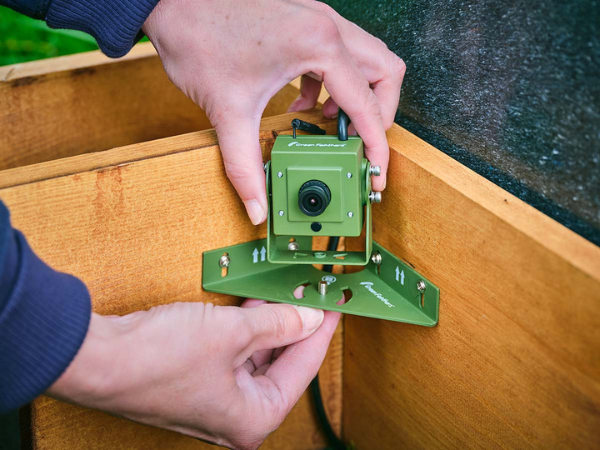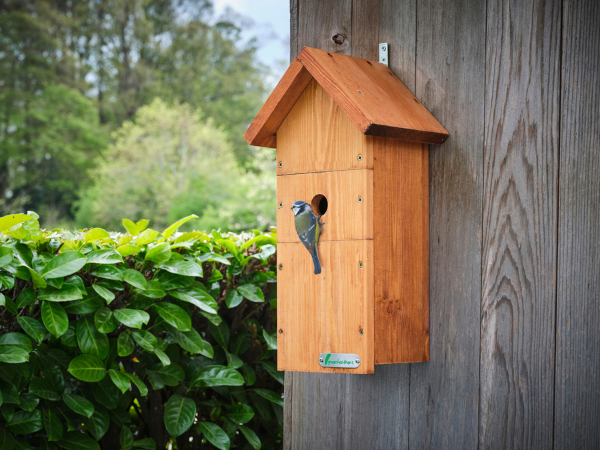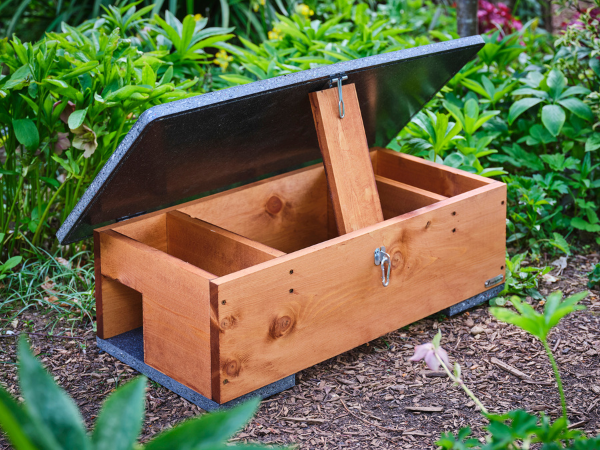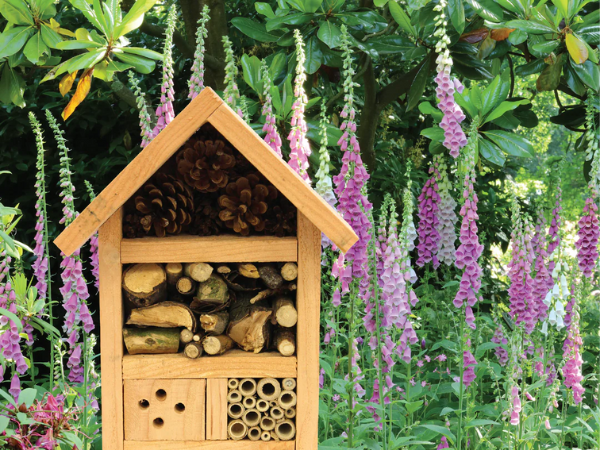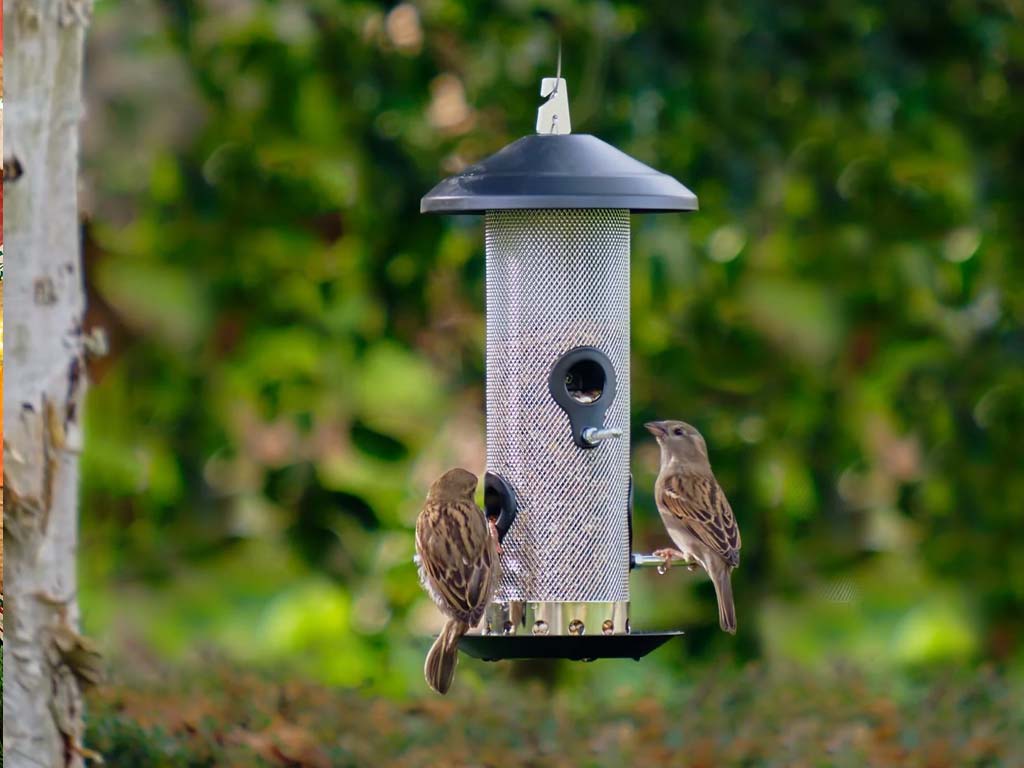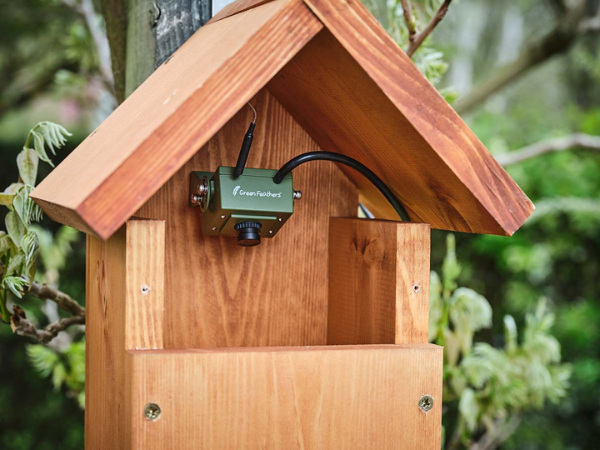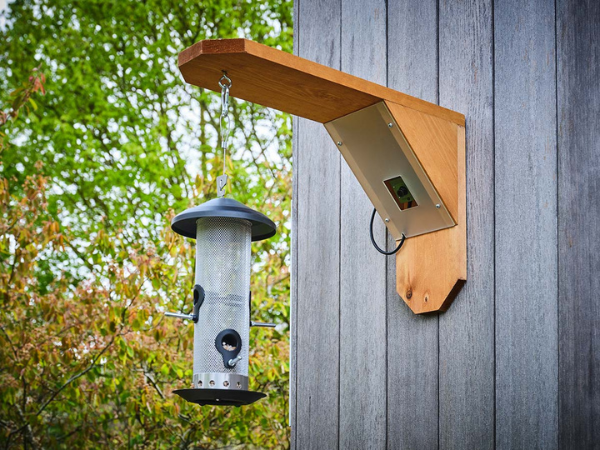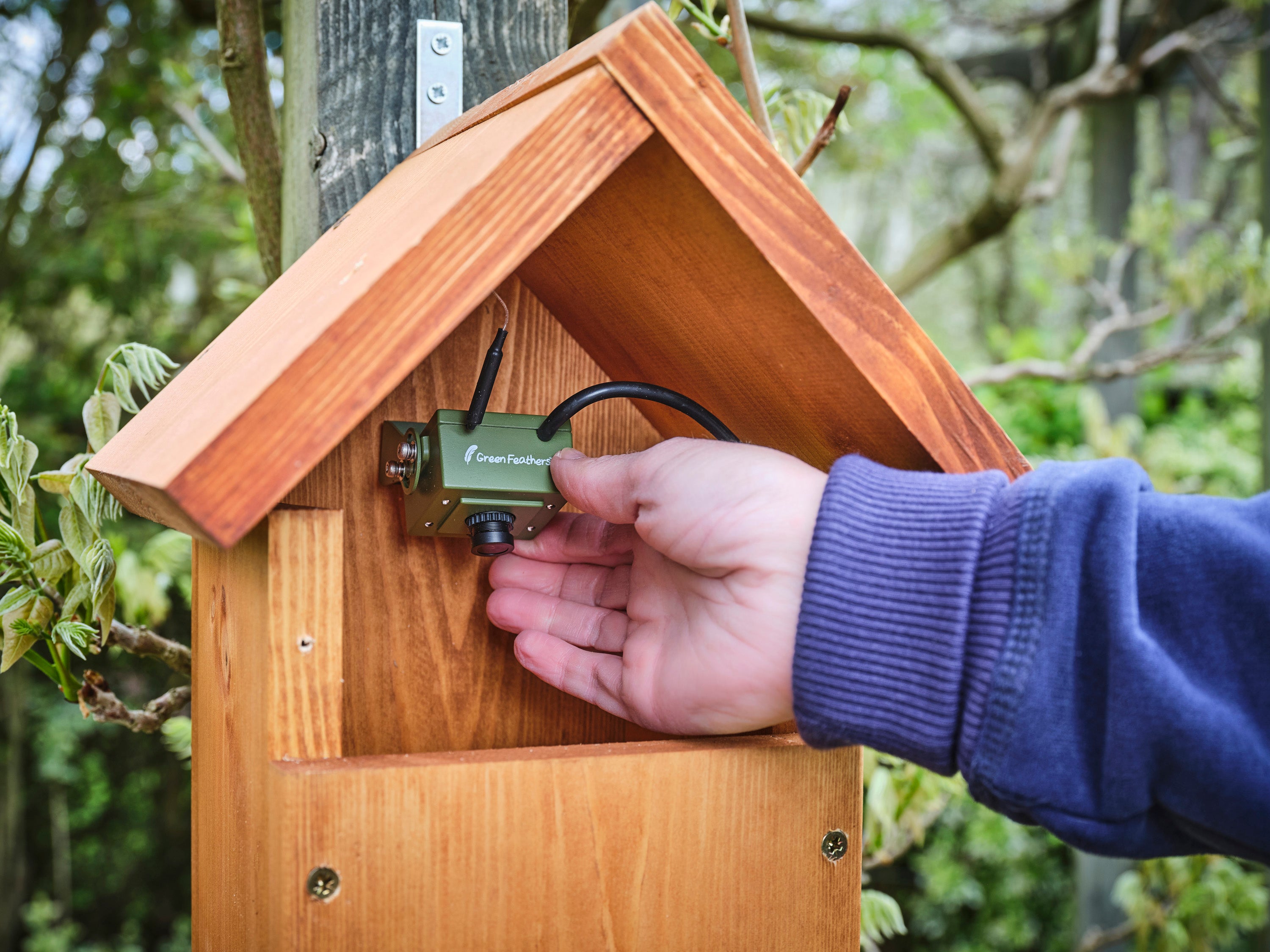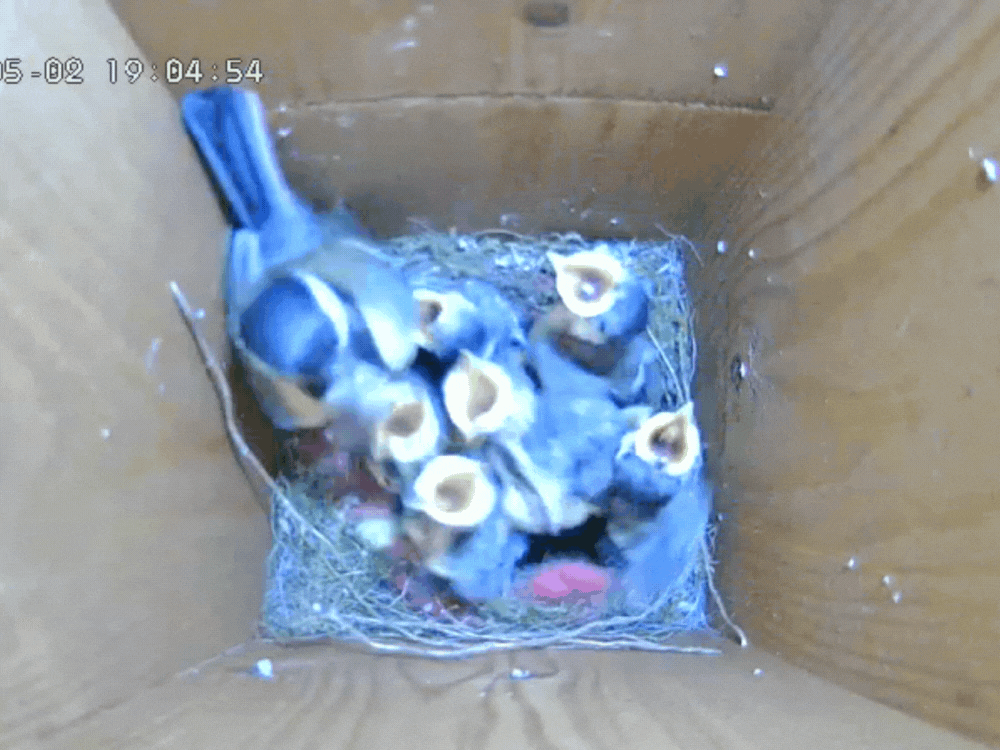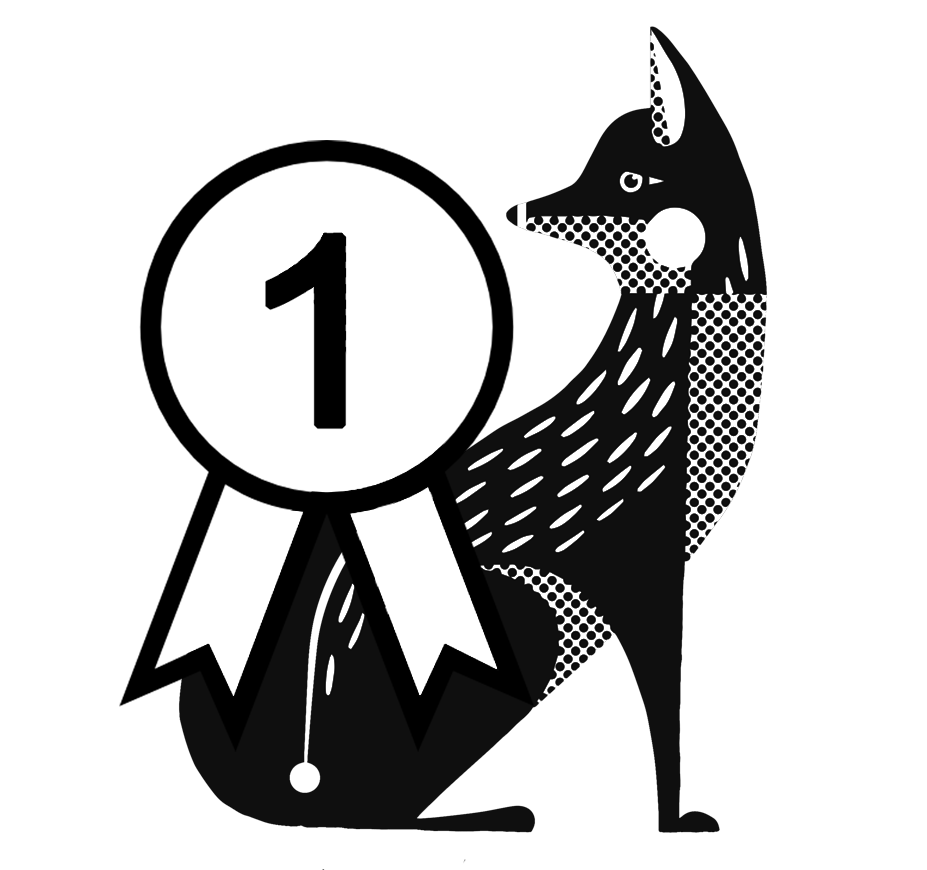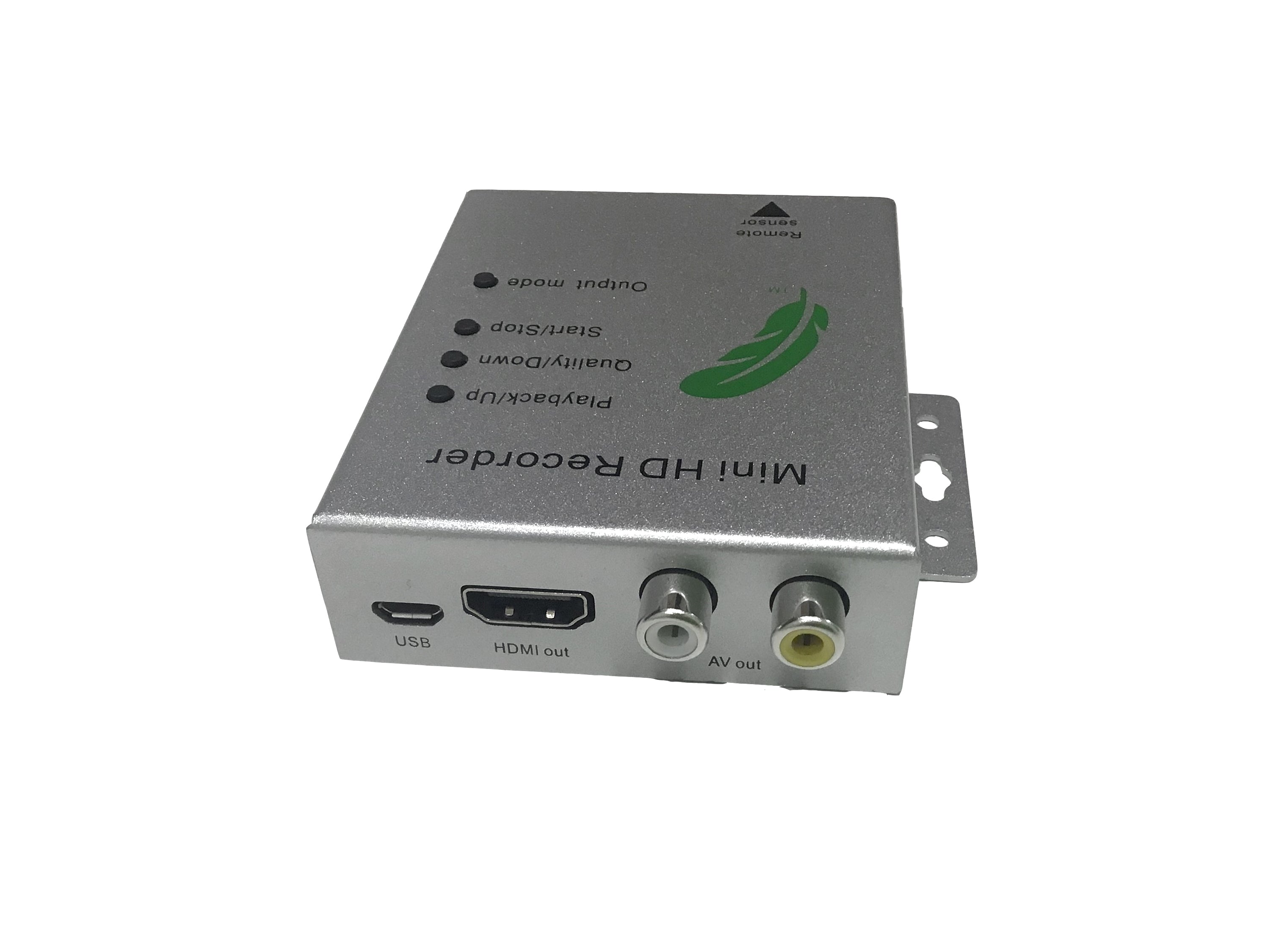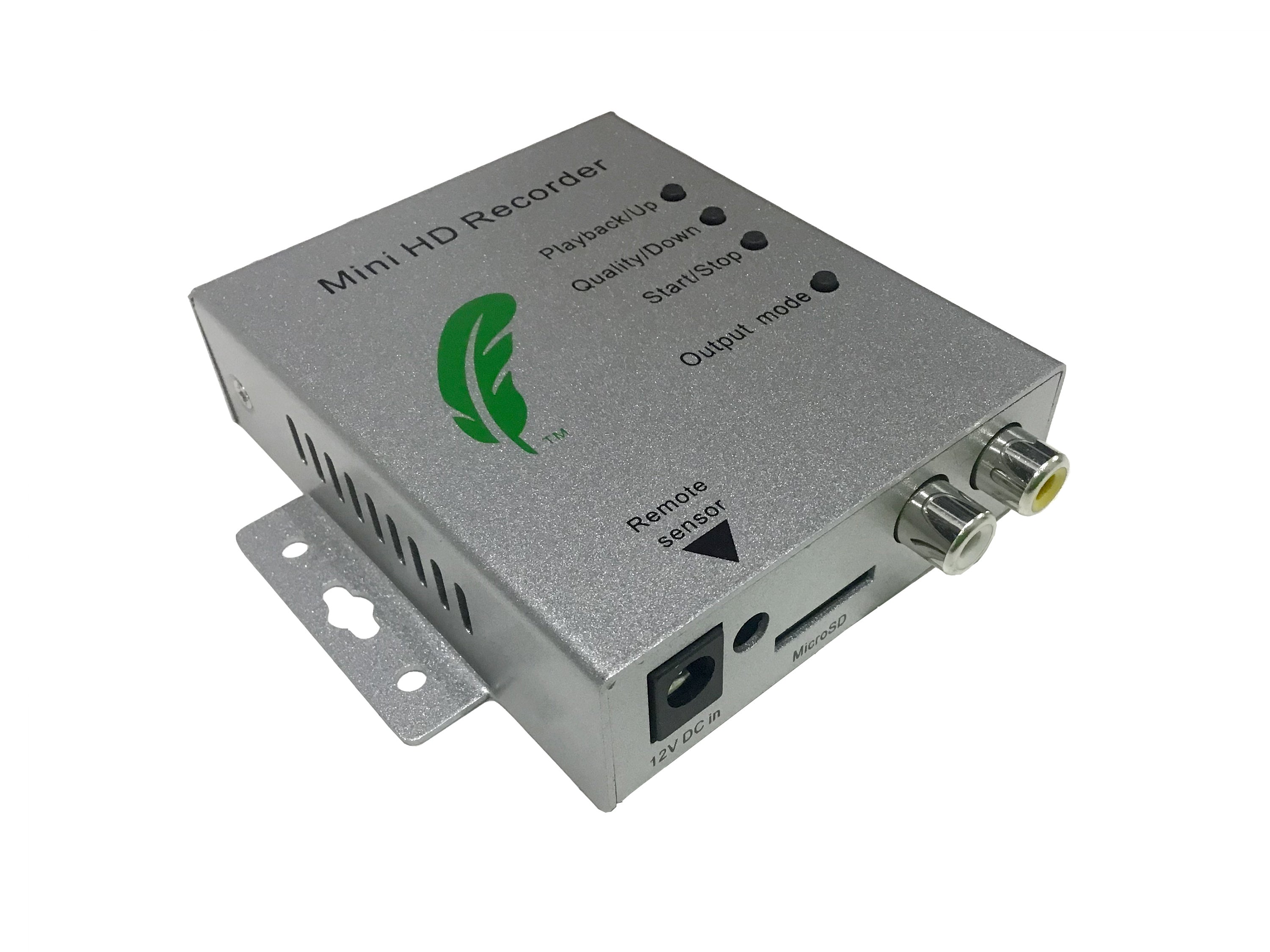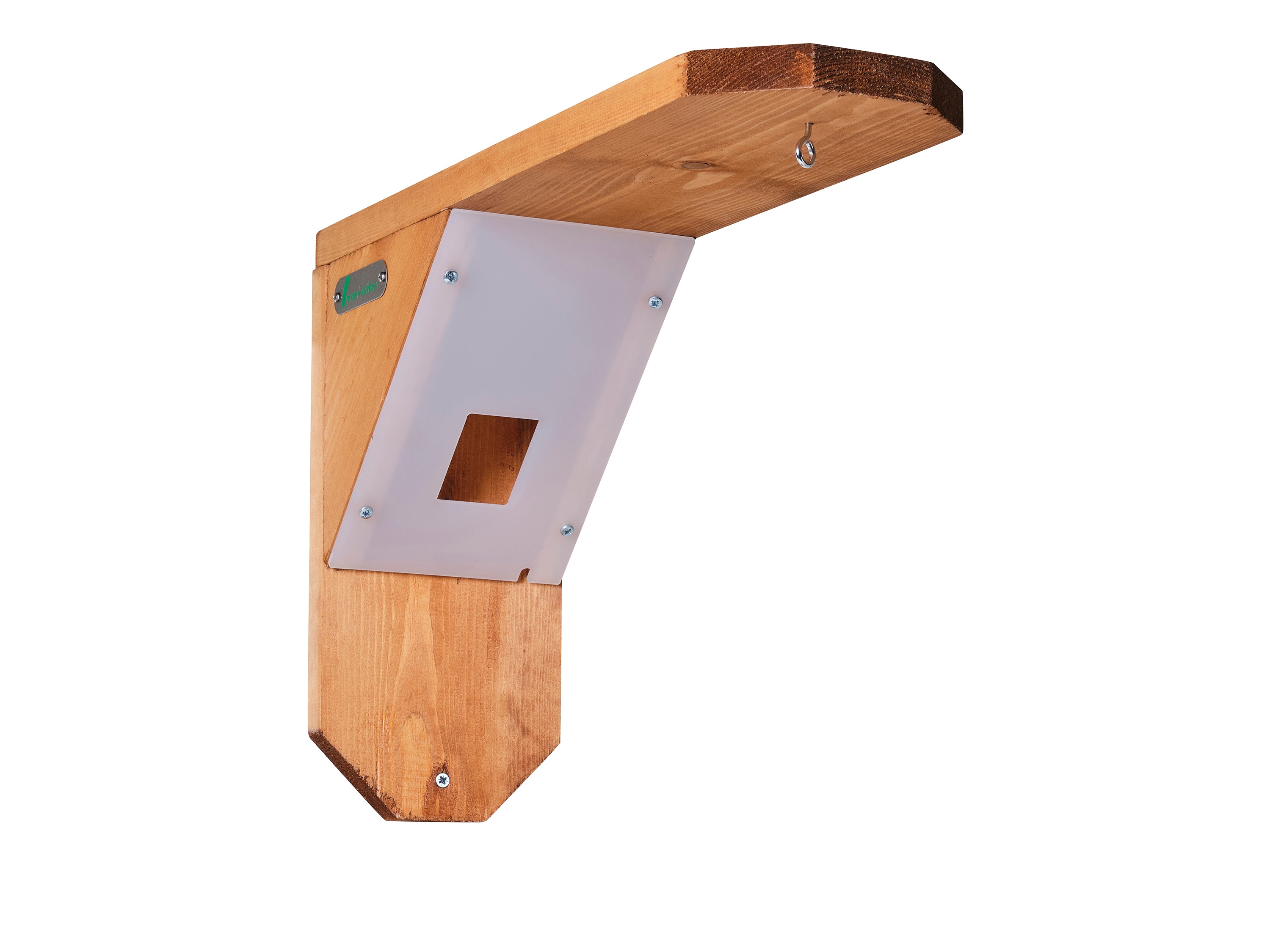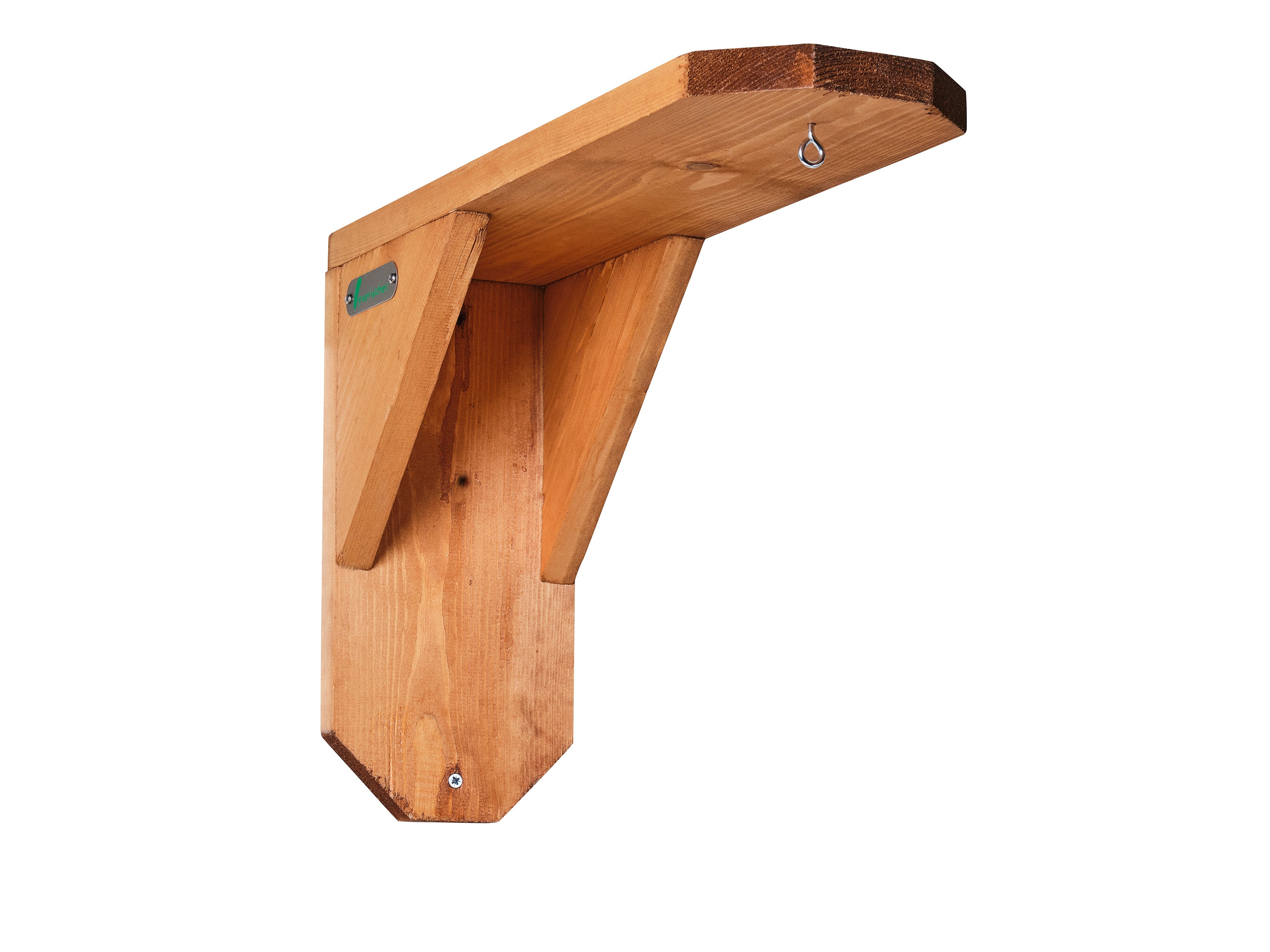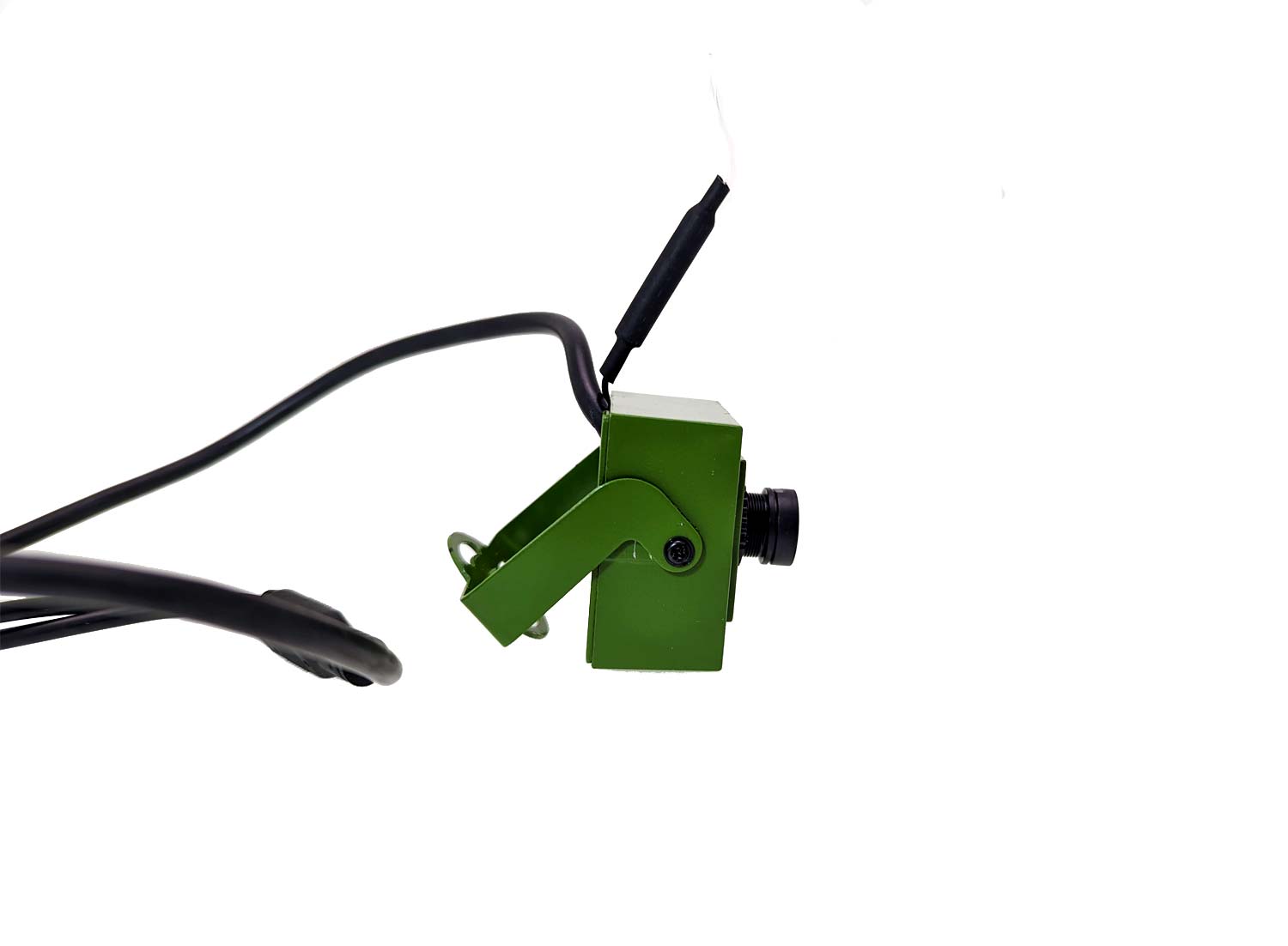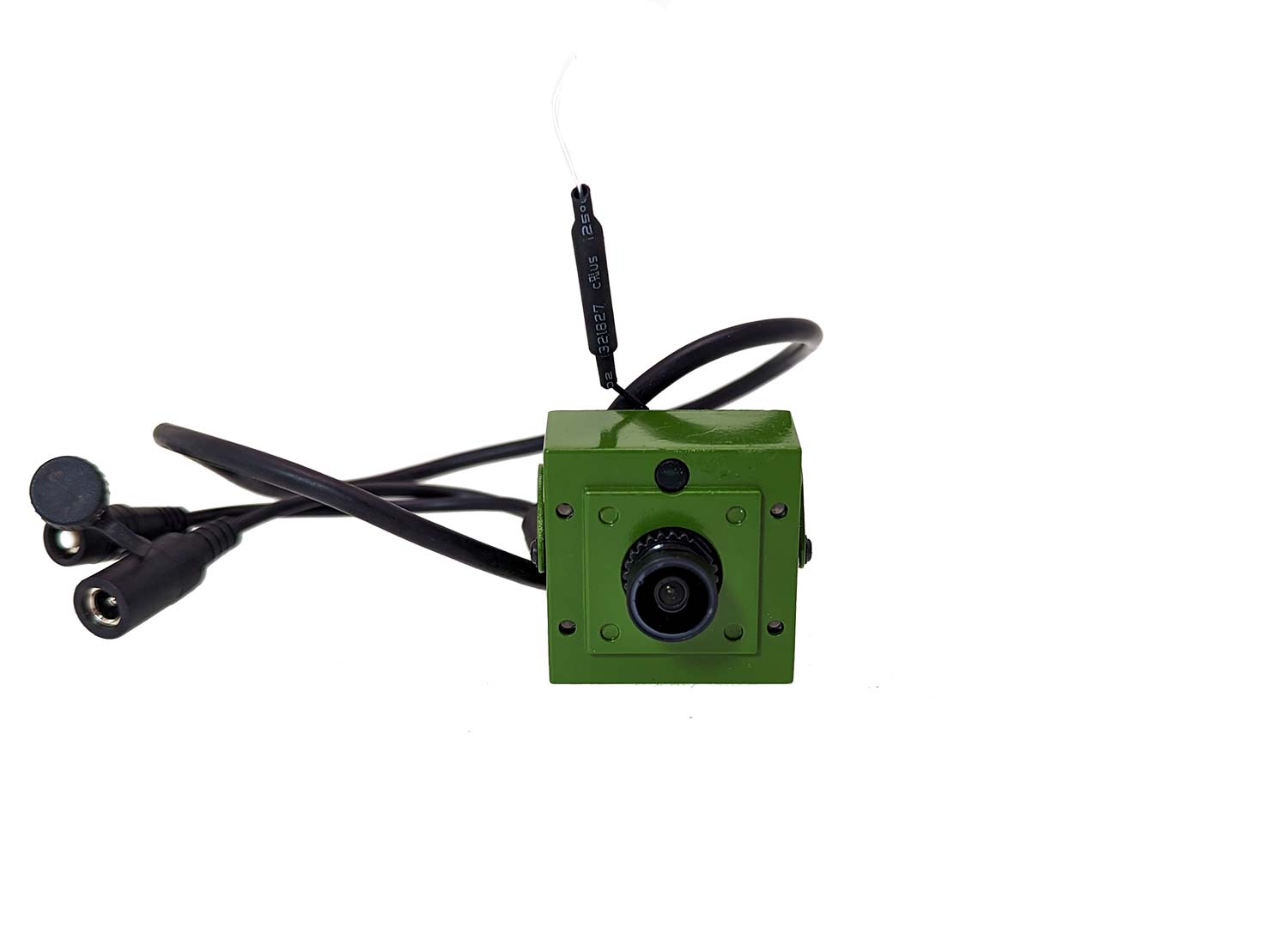What is National Nest Box Week?
National Nest Box Week has been happening every year since 1997 and was established by the British Trust for Ornithology (BTO) to promote the use of bird nesting boxes in our gardens. It is the perfect time of the year and an excellent opportunity to create a home for nesting birds, and you could even watch birds nesting with a bird box camera. Pairs will very soon enter the hectic breeding season so it is important that they have a safe place to see their young through to fledging.
Who is this event for?
The event is for everyone from families at home to schools and wildlife groups. Starting on Valentine’s Day on 14th February through to 21st February, the week-long event encourages us to put up nest boxes.
Potential crib for the Spring 💙@GreenFeathersUK #bluetits @BBCSpringwatch #gardennature #naturelovers pic.twitter.com/GkxaDXTNwZ
— Nats About Nature (@NatsNature) February 12, 2019
Why put up a nest box?
The BTO want to encourage people to put up nest boxes as a big conservation effort to give back to wildlife a place to breed. Due to loss of species’ habitats by human practices, both in urban and rural areas, it is vital to offer these places to birds to help them maintain their numbers. Loss of nesting sites, whether they be in holes of trees or in old buildings, means sites that birds are used to using are disappearing fast as we humans clear and tidy gardens and increasingly shut out wildlife from our lives.
Being a part of Nest Box Week gives everyone the opportunity to contribute in bird conservation with very little effort and it is an excellent way to attract birds. Just put up the bird box in an appropriate site, leave it alone and see what comes!
What should I look out for in a bird box?
Bird nest boxes come in all shapes and sizes to incorporate what different sorts of species prefer. The most common type in the garden is small circular hole boxes, but there are also open-fronted boxes for birds such as robins and much larger boxes for owls and birds of prey for use in large, open areas.
Here are a few things to consider when choosing a bird box:
- Only choose a box made from wood or similar compounds. Don’t use metal or ceramic materials as the insides can become too hot or cold for chicks to survive
- The walls of wooden bird boxes should be at least 15mm think. This is to ensure durability and adequate insulation
- For circular hole bird boxes, choose a box with a 25mm, 28mm or 32mm entrance hole as this will attract small garden birds. 32mm holes are ideal for any garden birds up to sparrow size, whereas a 25mm hole will be ideal if you are hoping to attract blue tits
- The box should be big enough inside. Gives the birds enough room to lay as many eggs as possible. The BTO says the internal floor should be at least 130 square centimetres.
- Avoid boxes with perches. These are not necessary and may even act as means for squirrels or other predators to come in and take the eggs and chicks.
How to put up a bird nest box?
You should mount your bird box before the breeding season starts and pairs begin to search for nesting sites even earlier than this so it’s best to put your box up before mid-February.
Where to site the box? Here are a few things to consider when putting up your bird box:
- Keep it away from bird feeders. As other birds visiting the feeding site could disturb nesting birds
- Keep it away from other nest boxes. The BTO says this is important to consider as siting boxes too close together might cause conflict between pairs of nesting birds.
- Shelter it from the weather. Angle the box vertically or slightly downwards to prevent entry of rain. Face it away from the strong sunlight and prevailing winds.
- Place the box up to 3 metres above the ground. Small-hole boxes are best placed 1 to 3 metres above ground on trees, sheds or walls.
- Open-fronted nest boxes should be hidden from view
- Ensure predators cannot get to the box. Make sure the common garden predator, the domestic cat, or squirrels cannot get access to the box and harm the birds

Nesting blue tit captured on one of our bird box cameras
How do I keep an eye on what is happening in my bird box?
Glad you asked! You’re in the right place. Our range of bird box cameras can be attached to the roof of nest boxes to monitor what is happening inside without disturbing the occupiers. You can get up close and personal views of nesting birds like never before!
Browse our range of bird box cameras to find out more and which option is best for you.

